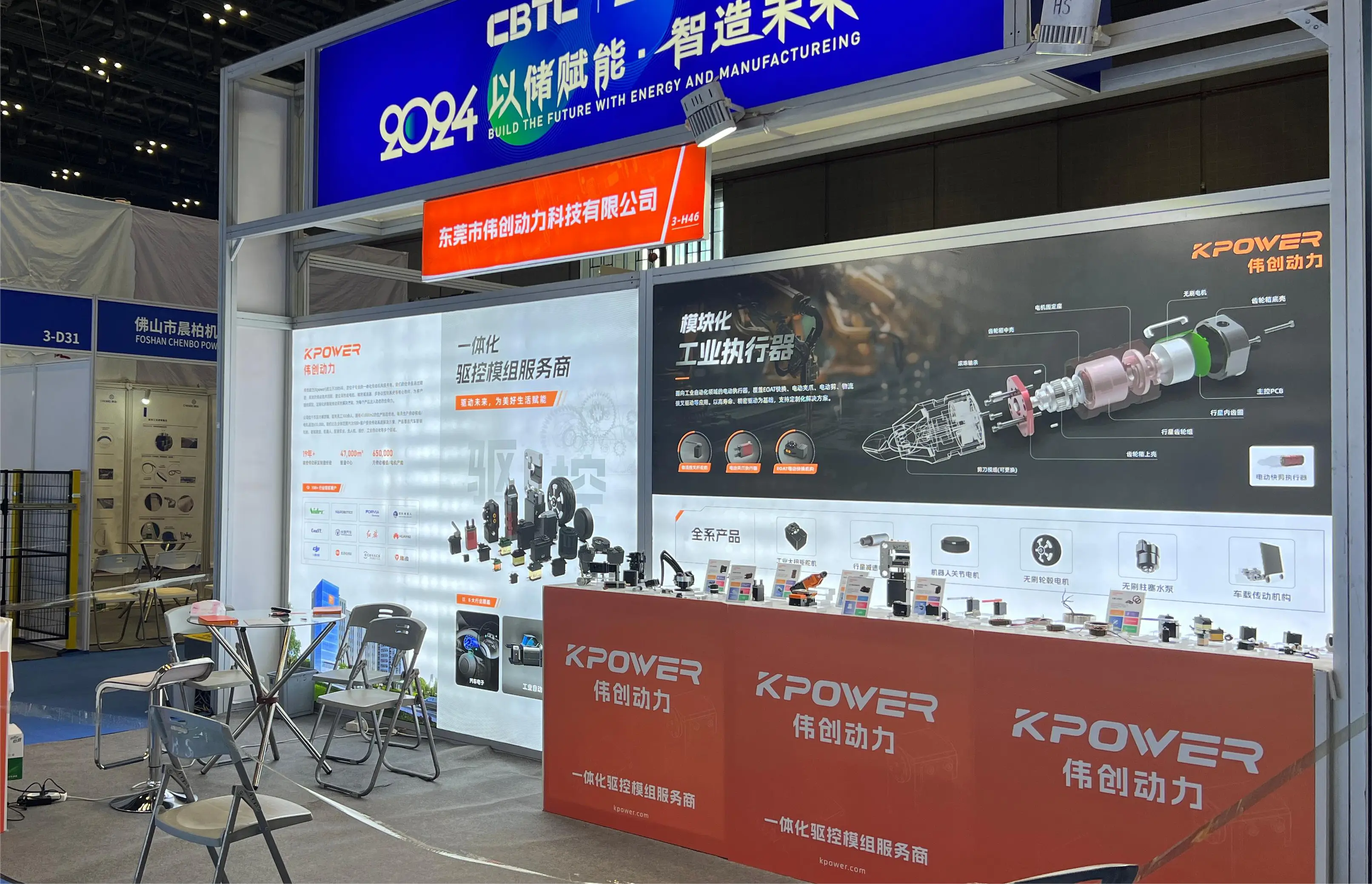When venturing into the world of robotics, automation, or remote-controlled devices, few components are as critical—and as interesting—as servo motors. Among them, the MG995 servo motor stands out as a powerhouse known for its remarkable torque and versatility. But with great power comes the need for prudent management of voltage. Understanding the significance of MG995 servo motor voltage isn’t just about avoiding hardware mishaps; it’s about unlocking optimal performance, longevity, and precision in your projects.

The MG995 servo motor is renowned in the hobbyist and professional communities alike. Its robust metal gears, high torque, and affordable price make it a popular choice for everything from robotic arms to RC vehicles. Yet, all this depends on more than just how strong the motor is—it's also deeply connected to how you supply power. Getting the voltage right isn't simply a matter of providing enough juice; it's about finding the balance that sustains consistent operation without risking damage.
The Voltage Range for MG995
At its core, the MG995 servo is designed to operate within a specific voltage window, typically between 4.8V and 7.2V. Most standard setups use a 6V supply, aligning with common battery packs like 4 x AA batteries (which provide around 6V). This voltage range is not arbitrary; it’s tailored to optimize motor performance while maintaining safety margins.
Operating below 4.8V can lead to sluggish movements and insufficient torque, which may cause the servo to stall or fail in demanding applications. On the other hand, exceeding 7.2V increases the risk of overheating, damaging internal components, or even burning out the servo. That’s why adhering to recommended voltage boundaries is vital.
The Impact of Voltage on Performance
Voltage directly influences the MG995’s torque and speed. Generally, increasing voltage within the specified range boosts the servo's speed and holding torque, allowing it to move heavier loads or respond more quickly. Conversely, running the servo at lower voltages results in weaker performance, slower reactions, and potential stalling.
However, the relationship isn't linear beyond the optimal range. Applying constant overvoltage—even slightly—can generate excessive heat and accelerate component wear. Overvoltage can also cause the motor to draw higher current, leading to potential circuit stress and power supply issues.
For hobbyists and engineers, maintaining the ideal voltage is a balancing act. Using a reliable power supply, whether a LiPo battery pack, regulated power source, or rechargeable batteries, helps ensure you stay within safe limits. Many dynamic systems also incorporate voltage regulators or controllers to maintain consistent voltage amid varying load conditions.
Voltage and the MG995's Durability
Life span and durability hinge on proper voltage management. Running an MG995 servo consistently at voltages higher than recommended accelerates wear on the gears, brushes, and internal electronics. Over time, this results in increased play, reduced torque, and eventual failure.
Conversely, consistently operating within the specified voltage margin extends the servo’s life and maintains its responsiveness over thousands of cycles. Proper cooling, adequate power management, and avoiding voltage spikes or dips further contribute to the servo's longevity.
Practical Tips for Managing MG995 Servo Voltage
Use a quality power supply: Ensure your power source provides stable voltage within the 4.8V to 7.2V range, ideally with some margin for safety. Implement voltage regulation: Employ voltage regulators or buck converters to keep voltage consistent, especially if your power source's voltage fluctuates. Monitor current draw: High torque demands increase current; ensure your power source can handle peak loads without voltage sag. Avoid overvoltage triggers: Be cautious with DIY modifications, like increasing voltage for extra speed, as this can lead to irreparable damage. Test in controlled conditions: Before deploying your servo in a critical project, verify its behavior across the intended voltage spectrum and monitor temperature along the way.
In conclusion, understanding and managing the MG995 servo motor voltage is the cornerstone of creating reliable, efficient, and high-performing robotic applications. By respecting the recommended voltage range, implementing proper power management, and monitoring performance, you’re well on your way to harnessing the full potential of this incredible device.
Kpower has delivered professional drive system solutions to over 500 enterprise clients globally with products covering various fields such as Smart Home Systems, Automatic Electronics, Robotics, Precision Agriculture, Drones, and Industrial Automation.




































